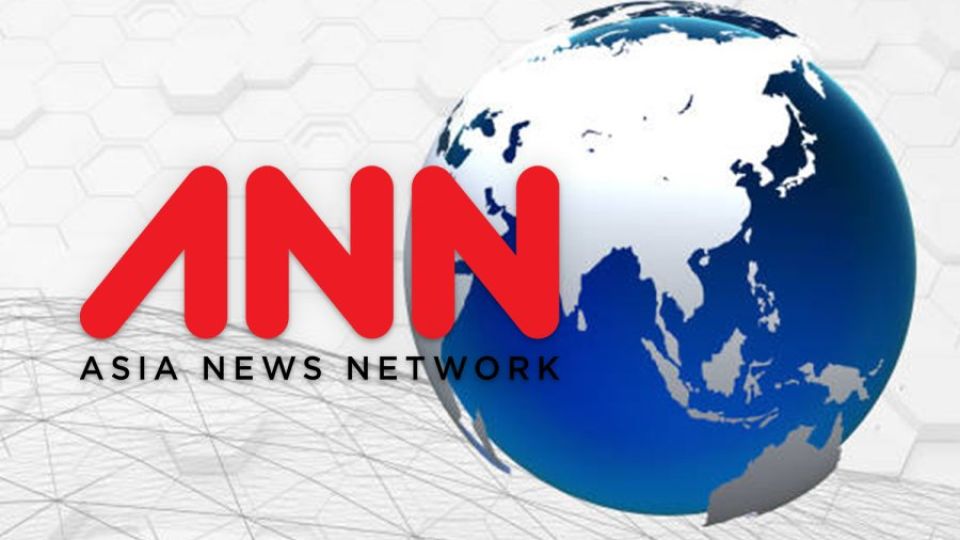June 18, 2024
KATHMANDU – Nepali prime ministers, irrespective of their political affiliation, have over the years tried to cultivate the best of relations with New Delhi. Given the multifaceted nature of Nepal-India ties, the open border and Nepal’s heavy trade reliance on the southern neighbour, iffy relations with India can make life difficult for the Nepali head of government. There is also a corollary to this hard reality. Whenever the Nepali leader feels New Delhi is unhappy with him, he will invariably make an overture to the other neighbour, China. In the eyes of top Nepali leaders, China has always been seen as the power whose good graces can give them legitimacy as true nationalists. So they at least have to make a show of promoting ties with Beijing. This also helps keep New Delhi honest. To sum up, for most Nepali leaders, China is worth cultivating only to the extent of boosting their nationalist credentials. The issues of national interest are often the least of their concern.
Nepal and China have vastly increased bilateral engagements in the post-pandemic period. On June 25, the two countries are to meet for a foreign secretary-level talks. Before that, the Joint Expert Group will sit to sort out boundary-related matters. Many outstanding issues will be discussed in the pair of meetings, from trade, transit, connectivity, investment, health, tourism, poverty alleviation, disaster management, education, culture to people-to-people exchanges. To make discussions more substantive, the Nepali side has requested China that the current bilateral mechanism at foreign secretary-level be elevated to the level of foreign ministers. That makes sense. It is also in the interest of both the sides to quickly settle outstanding border disputes, just like they amicably settled the dispute on height of Mt Everest back in 2020. Other nagging suspicions also need to be cleared up. For instance, the Chinese say there is no environment for their contractors and workers to work in Nepal, which in turn accounts for delays in various projects. Yet Nepali officials maintain that it is the Chinese who are, for instance, inexplicably delaying expansion and maintenance of several road projects and in handing over the detailed project report of the second phase of the Kathmandu Ring Road.
While Nepali leaders have been guilty of playing the ‘China card’, the Chinese too have appeared less than enthusiastic on improving bilateral ties. The cooperation on the BRI has stalled, largely because of differences over funding modality, with Nepal wanting more grants and the Chinese pushing for more loans. Yet there would be fewer differences if there was greater transparency on China’s part, which is missing in, say, the Chinese funding of the Pokhara International Airport. Instead of trying to clear the air on these issues through bilateral channels, the Chinese have taken to social media with gusto. This suggests a gap in communication between official channels of the two countries. If Nepal-China relations are to progress and mature, ways must be found to reduce this gap. Our leaders’ reduction of China as a counterweight to India and a tool to burnish their nationalist credentials is as harmful as the new wolf warrior diplomacy of the Chinese diplomats. In order to improve ties, what the two countries should do is try to better understand each other while also respecting their differences—not just in their speeches but also in reality.


